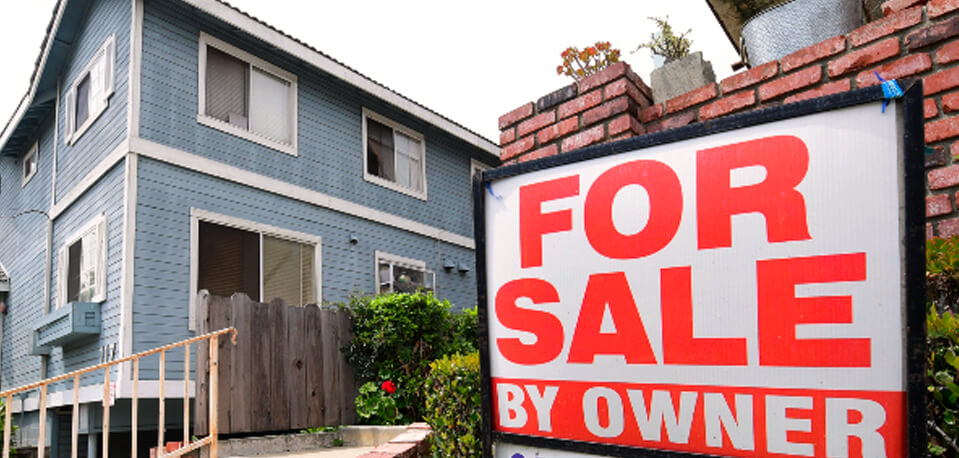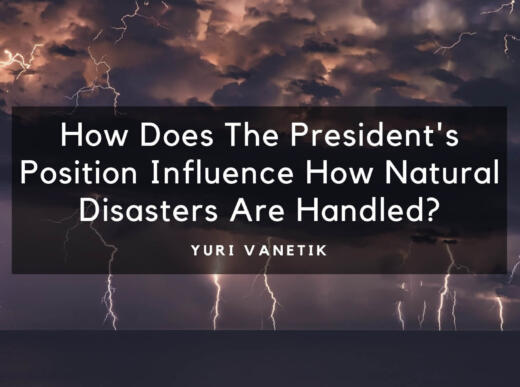Originally published: Newsmax by Yuri Vanetik
There is talk these days about an impeding housing crash. Hedge fund quants, Republicans, Democrats, incels, Instagram influencers, and vaccinated socialites – all are trying to understand America’s house buying frenzy. Many soapbox analysts who completely missed the last residential real estate downturn are overjoyed to call an early top this time around.
What is the rationale of the doomsayers? Is there any sound economic analysis or are people just making alarmist projections because that is what garners YouTube and Facebook followers?
When dissected, the “housing bust” argument goes something like this:
The housing market is overheating and due for a correction or a purge in the short term because:
- Regional home prices are up anywhere from 13-21% over the last 12 months.
- Historically low mortgage rates have fueled a bubble.
- Housing inventory is artificially low because millions of homeowners have been able to stay in their homes without making mortgage payments during the pandemic.
- Listing time on market is averaging about 18 days compared to a median 38-day historical average.
- There are multiple offers on every listing; Homes are selling for over asking price.
- Year-over-year 90-day defaults are up 250%
- Expiration of pandemic mortgage delinquency relief will trigger an avalanche of foreclosures.
- Interest rates will rise over the next 12 months.
- Mortgage rates hikes will affect affordability and trigger housing crash or – at least – a downturn.
These are compelling factors for a market that is inherently cyclical. Given the famous economist Nouriel Roubini’s and uber-investor Ray Dalio’s recent spate of grave predictions about COVID-19 pandemic driving us into a depression, the mainstream position should not be dismissed without scrutiny. However, are we in the middle of a housing bubble? Are home prices about to crash? Should you sell your home? Should you wait to buy after a crash in early 2022? Can we expect to see a 20% plus correction in the next 12 to 18 months? We certainly cannot predict the future, but we can examine the veracity of some of the claims seemingly logical platitudes about the meteoric rise of residential real estate.
As we examine the factors that comprise the argument that the housing market will crash, we can identify three key notions:
Overly accommodative monetary policy has led to artificially low mortgage rates, which have inflated home prices.
Pandemic mortgage delinquency relief has allowed people to stay in homes they cannot afford, and therefore shrunk the supply of homes that would otherwise be available for sale.
Buyer exuberance fueled by easy money and a speculative frenzy across all asset classes has led to buyers overpaying for residential real estate.
Although these arguments sound compelling at first glance, they fail upon further examination. Take the accommodative monetary policy argument, for example. Although it is true that the Fed’s Quantitative Easing program has led to historically low fed fund rates and 10-year Treasury yields, there is little evidence to support the assertion that mortgage rates are artificially low. The big change in QE asset purchases this time around has been in Treasury and corporate debt. There was already ample demand for mortgage debt given the disciplined lending, healthy equity cushion and improved credit quality following the 2008 subprime global nuclear debacle.
In fact, mortgage debt has been one of the rare safe harbors in the massive sovereign and corporate debt bubble that has ballooned over the last decade. Note that talk of higher inflation and the Fed’s tapering its asset purchases resulted in the benchmark 10-year Treasury yield increasing from .6% in early first Quarter to nearly 1.7% today although we haven’t experienced any noticeable increase in the 15- and 30-year mortgage rates.
And unlike financial assets that get hammered by inflation, home prices tend to increase most during inflationary periods. The average person on the street may not be an economist but the connection between higher expected inflation and residential real estate price appreciation is not lost on Americans.
As to the argument that pandemic mortgage delinquency relief is withholding over 3 million foreclosures off the market and thereby artificially shrinking the supply of homes (or that fewer Americans are moving), it is true. Yet, this troubling pandemic externality is mitigated by the fact that these possible foreclosures were attributable to a systemic shock (temporary pandemic related loss of income) and not excessive borrowing by households, high loan-to-value mortgage balances or fee driven mortgage lending like we saw in the mid-2000s.
GDP is growing at north of 6%, and as the workforce comes off unemployment and returns to work, people are not only able to pay their mortgages again but also have a high incentive to protect and grow their equity in an appreciating market. Absorbing the year of missed payments as an increase of mortgage principal on their equity rich homes will neither test homeowner debt limits nor solvency.
Lastly, labeling the recent price appreciation buyer exuberance fueled by easy money is not only an exaggeration but also a reflection of the bias of recent memory more than current economic reality. The source of current price appreciation is not so much over-leveraged subprime buyers as the early signs of a tsunami of millennials entering the housing market after deferring purchases over the last decade.
After being priced out of expensive, high-tax markets for much of the decade, Millennials are realizing that they need not settle in overcrowded places like Los Angeles, San Francisco, New York, Boston, Atlanta, Huston, and Miami. They can start families and enjoy a considerably better quality of life in places like Boulder, Salt Lake, and Boise for a fraction of the cost. You get so much more for your money in these second-tier markets that paying $50,000 over asking price seems a great deal when compared to paying over $1000 a square foot in the big cities and their branded suburbs.
It is these smaller second tier markets where big city dollars move the needs and warp the sales stats. This is where you see drastically shorter listing periods, a spike in the number of offers and sales 20% over asking price. It is here in the heartland where people are taking their stock market and bitcoin casino winnings and voting with their feet to make a great investment in the American dream.
Ergo, all things considered, we are not close to anything resembling a housing crash. It is more like America is in the third inning of a seven–10-year residential real estate boom.
We are seeing a supply side shortfall combined with inflationary tailwinds and sustained relatively cheap mortgage funding. You could not ask for a better market. Professor Roubini may not agree, but it is the perfect trifecta of conditions for a sustained residential real estate bull market over the next seven years.
Originally published: Skyrocketing Residential Real Estate Market Is Not a Bubble by Yuri Vanetik



